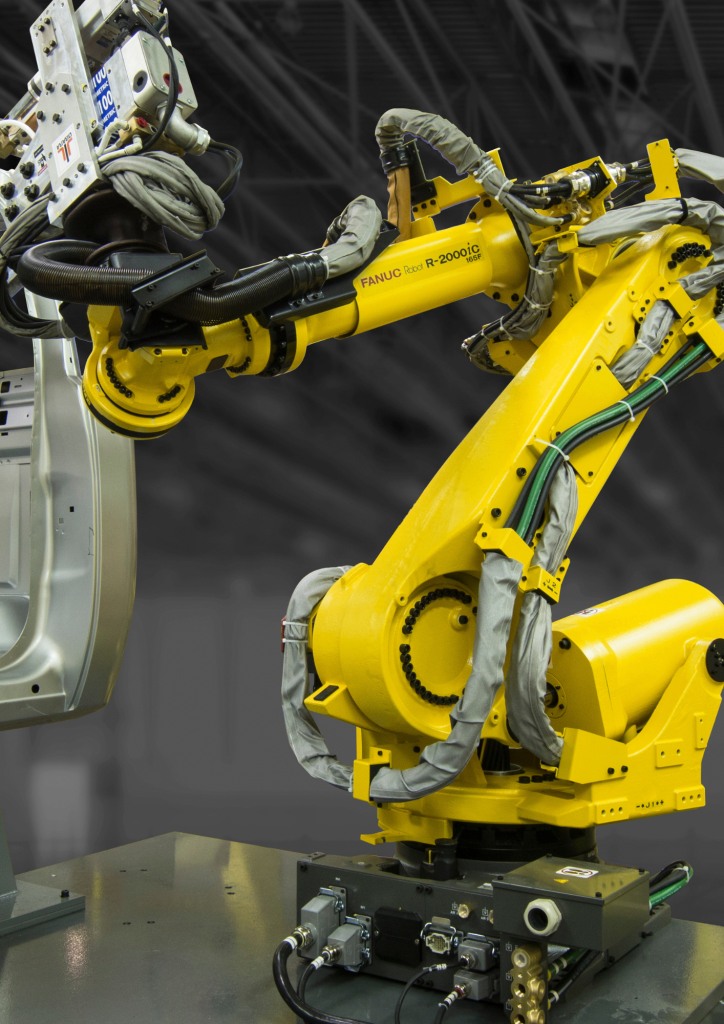In the heart of manufacturing today, robotic arms are challenging the norms of production, mixing safety, precision and efficiency in ways that were impossible to imagine. These technological marvels, sometimes called robot arms, have become essential in all industries driven by the urgent need to reduce operating costs while ensuring high standards of quality. Robotic arms are being incorporated into production lines in order to reduce costs and increase security. Explore how these innovative robots have transformed the landscape of industrial production.
The main reason for the worldwide increase in robotic arm use is efficiency in cost. The increasing pressure on factories to reduce manufacturing errors, material waste and workplace accidents is relentless. Robotic arms were designed to address these issues. Contrary to human laborers, robot arms can perform repetitive tasks with pinpoint accuracy, eliminating costly mistakes and reducing raw material wastage. For example, in industries with high volumes like automotive manufacturing, robotic arms are able to perform exact welding and part placement, ensuring flawless assembly each time. This accuracy can result in significant savings as fewer flaws means less time spent reworking, waste and work.

Image credit: automatedsolutions.com.au
Safety is a second cornerstone in the development of robotic arms. Many manufacturing tasks such as handling hazardous materials, or operating large machinery pose risks to human workers. Robots allow businesses to eliminate their workers from hazardous environments and reduce accidents at work. Robotic arms, designed as a chain of joints which move could mimic the function of human arms but without causing physical damage. With programmable end effectors essentially robotic hands These machines are able to perform tasks like grabbing, spinning, or welding in conditions that would be unsafe for humans.
The versatility of robot arms is a game-changer in many industries. From automotive assembly to electronic production, robotic arms are able to adapt to a range of jobs. They can perform complex operations with unparalleled precision, such as painting and tending with a machine. Robotic arms in warehouses have revolutionized palletizing by automating the load of goods onto pallets. The automation does not just boost efficiency, but also guarantees security, as robot arms can work continuously without fatigue.
The growth of cobots (collaborative robots) which work in conjunction alongside human employees is one of the most thrilling innovations in this area. Cobots that are fitted with a robotic arm, can communicate with humans seamlessly in contrast to industrial robots which are normally restricted to cells. Cobots equipped with robotic arms can be used to complete routine or heavy lifting tasks in a factory and allow human workers to focus on more complicated tasks. The collaboration improves productivity while also ensuring a safe working environment, as cobots are programmed to stop or alter their actions if a person is present.
Robotic arms have a significant influence on the modern production, and not just in terms of safety or efficiency. The ability of robot arms to complete tasks that require precision, such as welding, material handling, or assembly have made them vital in fields that place safety first. In the automotive industry, for example robot arms are able to move and position components in assembly to ensure perfect alignment without the necessity of human intervention. Similarly, in electronics, robot arms handle delicate components with care, reducing damage and improving output quality.
As industries continue to evolve with the advancement of technology, the need for robotic arms is only going to increase. They’re an integral part of manufacturing’s future due to their capability to cut costs, increase security and adapt to various tasks. By combining cutting-edge technology with human innovation Robot arms are not just tools. They are partners in progress, driving innovation and altering the way we build our world.